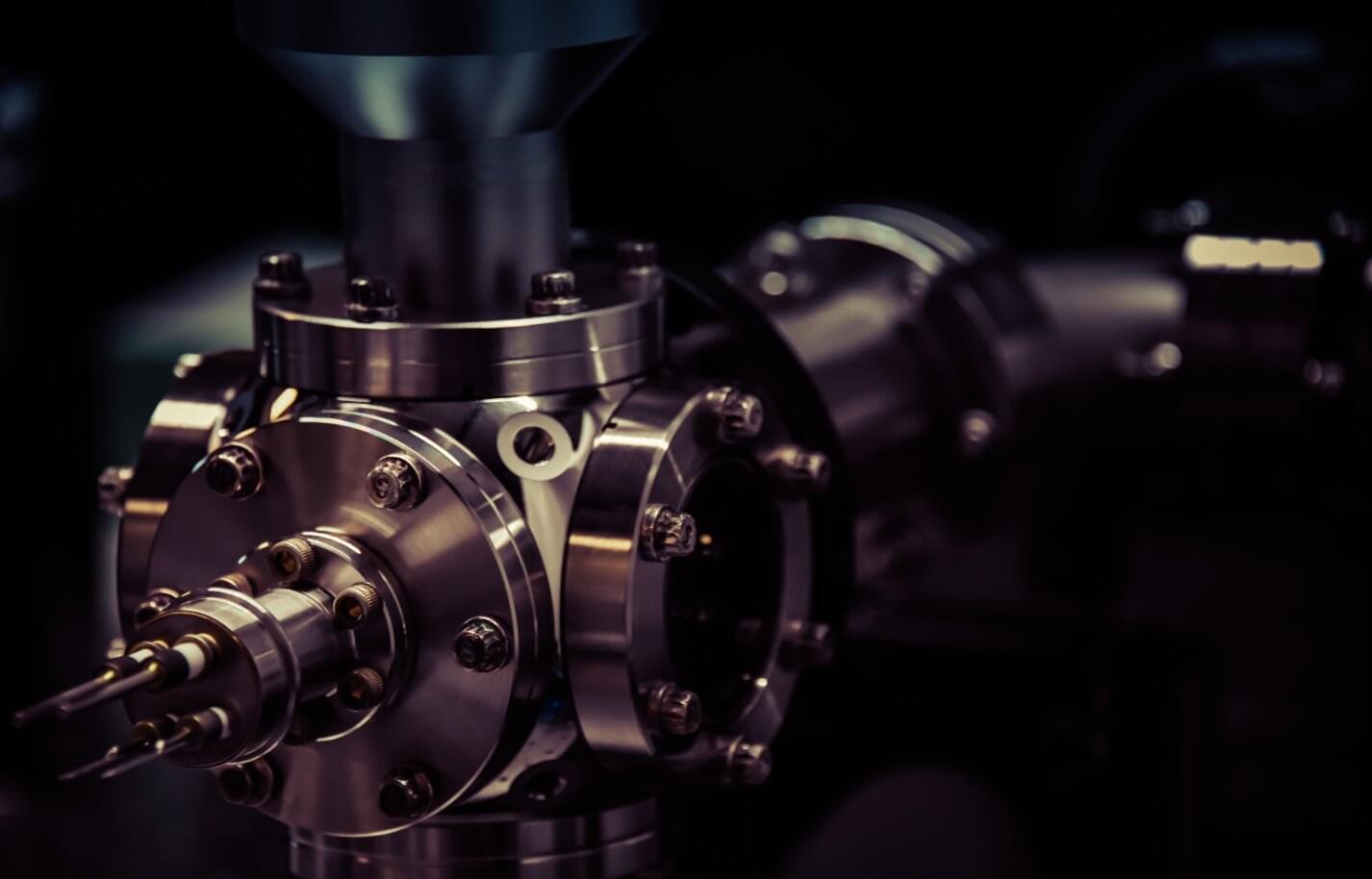Interested in learning more about tackling the major health challenges of today? Attend our 2025 International Health Lecture: https://bit.ly/3JHOOrp.
Professor Rajesh N Kalaria FMedSci speaks about the global severity of stroke and dementia in society and goes over the findings and lessons from the CogFAST study – cognitive function after stroke study – outcomes of which might mean something for each one of us.
“We can’t change our genes, and we can’t change our age but we can modify every other risk factor for stroke,” he says. He discusses findings that show the impact of modifying some risks factors such as hypertension, and diabetes in elderly post-stroke survivors.
This talk was part of the event \.







